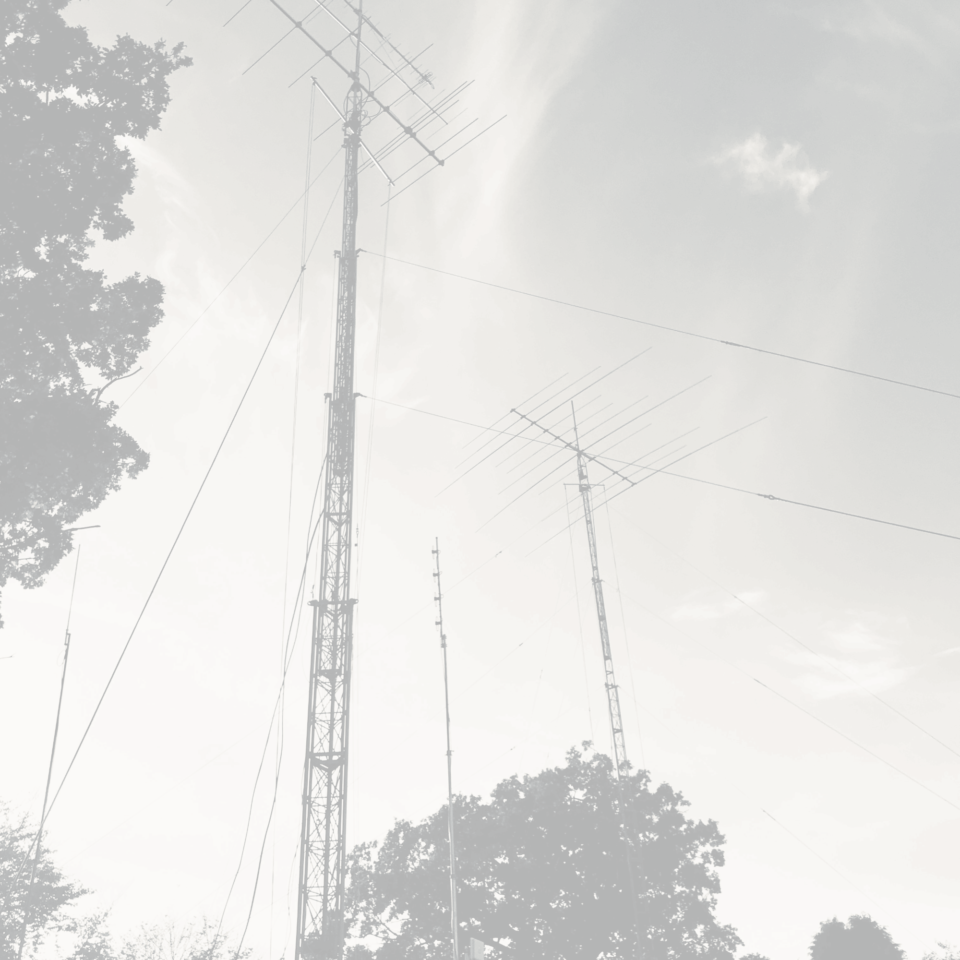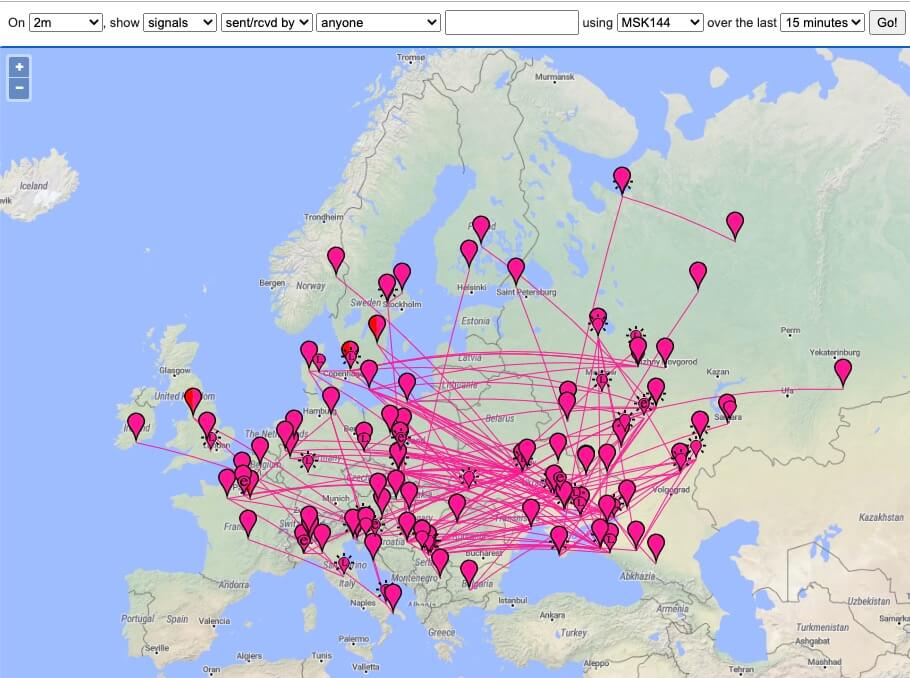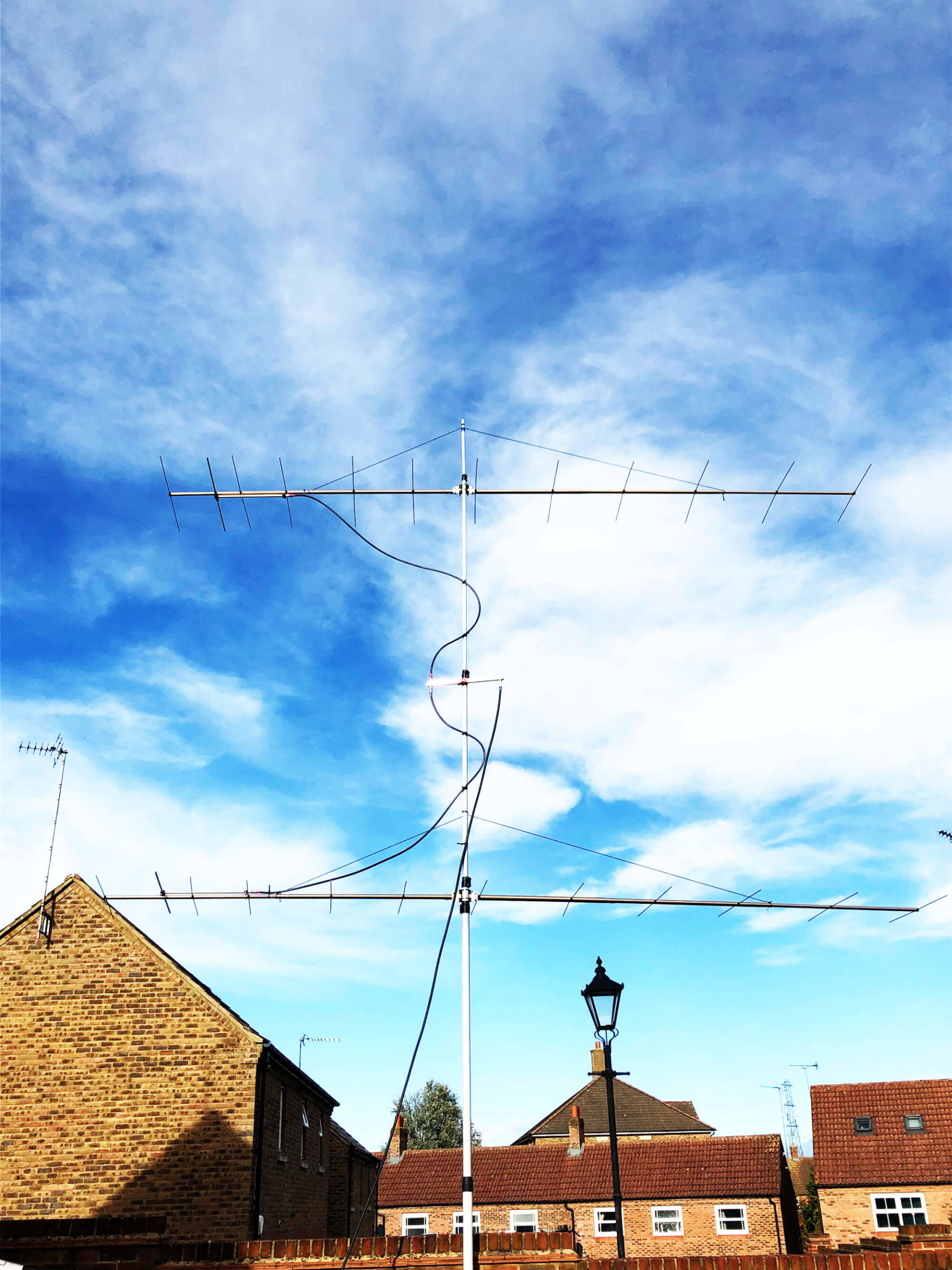Dark
Light
Stacking two 12 Element Yagis for 2m 12JXX2 Gain 12.67 dBd/14.81 dBi Angle -3dB E/H 33.8° – 36.6°…
In this article I share what I’ve learnt playing with 80m dipole design and testing different antennas in…
80m 1:1 Choke balun for dipoles and verticals Suitable for: 80m full size dipole 80m Inverted L 80m…





